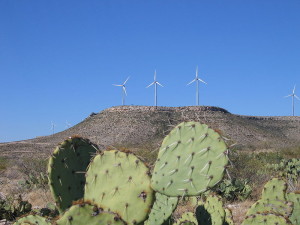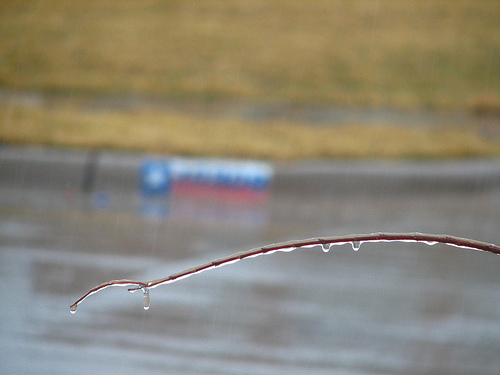Texas has set four consecutive daily records for July electric demand this week and may set more records by the end of the summer.
“As the Texas economy continues to thrive, ERCOT (Electric Reliability Council of Texas – the grid operator for most of the state) serves some of the fastest-growing cities in the country,” ERCOT Senior Vice President and Chief Operating Officer Brad Jones said. “Population and business growth continue to drive up electric use.”
On Monday, July 27, power demand hit 66,677 megawatts (MW) at 5 p.m., the time of day most common for summer weekday peak consumption, easily surpassing the previous record of 65,808 MW set on July 31, 2012.
Daily peaks continued to rise through the week, topping off the trend with a conservation appeal and new record of 67,624 MW on Thursday afternoon. Tuesday’s peak was 66,827 MW, and Wednesday’s was 67,590, breaking 67,000 MW for the first time since 2011, when the all-time record of 68,305 MW was set on Aug. 3, 2011, during an extended period of record high temperatures. One MW is enough electricity to power about 200 homes during peak demand.
“Although we are still not seeing temperatures as high as 2011, lack of rain during the past several weeks has resulted in drier ground and temperatures reaching their highest levels thus far this summer,” said ERCOT meteorologist Chris Coleman. “We have seen triple digits in several cities this week, including Dallas, Houston, San Antonio and Austin.”
“We really appreciate consumer responses to our conservation requests on those rare occasions when we have to request them to limit electric use during the afternoon peak demand hours,” Jones said. “With lower temperatures expected and more generation currently available today, we don’t expect to need additional help, but we encourage consumers to remain aware of system conditions, especially on very hot days during peak demand hours of 3-7 p.m.”
“We also are grateful for all the work generation and transmission providers have put into preparing for this summer. Although some outages are inevitable in these operating conditions, the system overall has performed well, with more than 71,000 MW available during yesterday’s peak,” Jones said.
Consumers can monitor ERCOT system conditions at www.ercot.com or through the ERCOT Energy Saver mobile app, available free for Apple or Android devices.







